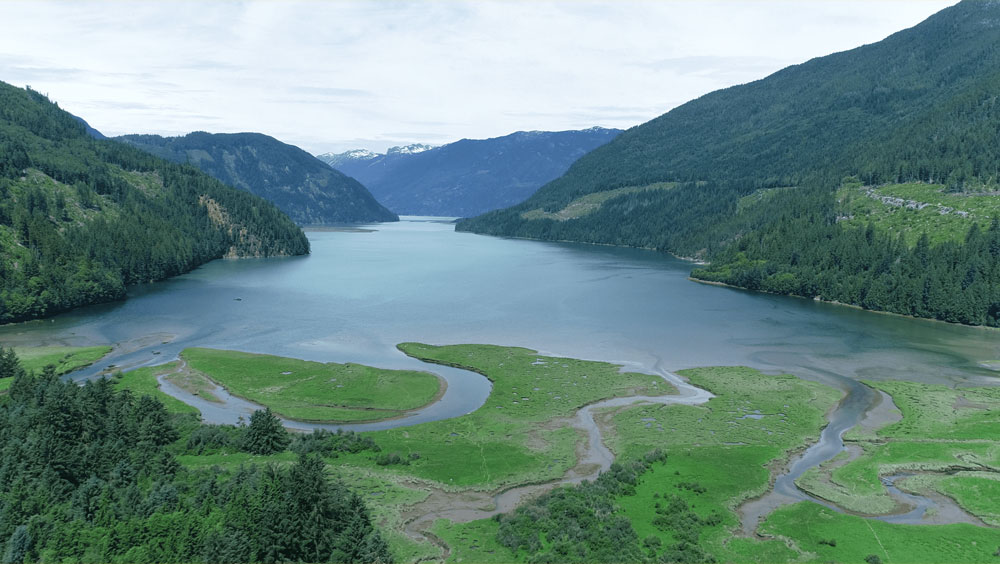Estuary biomes, where the gentle embrace of freshwater from rivers meets and mingles with the briny depths of the ocean, form some of the planet's most dynamic and vibrant ecosystems. This unique confluence not only crafts a fertile habitat that buzzes with biodiversity but also sustains a wide array of wildlife, forging an irreplaceable link in Earth's ecological chain. Yet, despite their critical role and captivating allure, these remarkable natural treasures often linger in the shadows of public awareness. In this article, we delve into 10 fascinating facts about estuary biomes, inviting you to embark on a journey that will enrich your understanding and ignite a newfound appreciation for these ecological marvels.
Rich Biodiversity
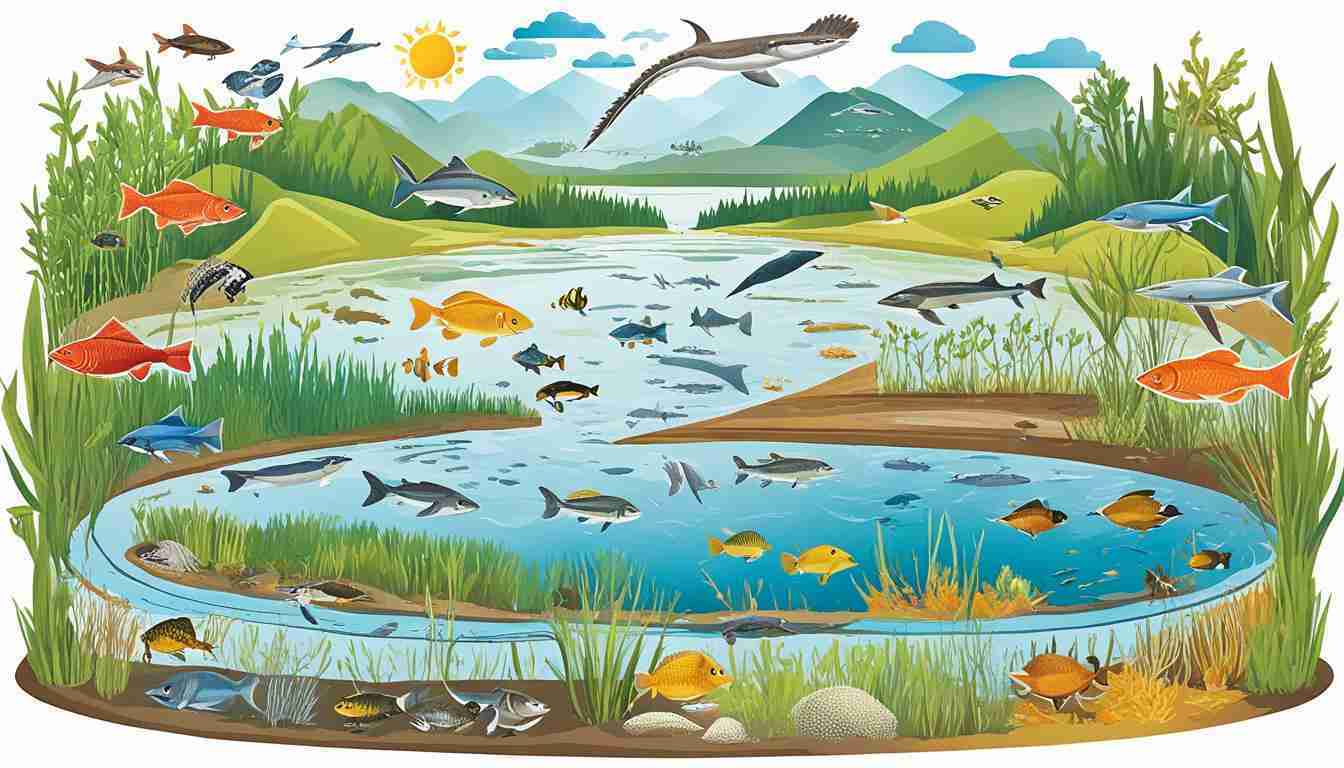
Estuaries are not just ecological treasures but integral components of coastal resilience and sustainability. The interplay of terrestrial and marine environments in these regions creates rich ecosystems that support a diverse array of wildlife. Birds, fish, and invertebrates thrive in the nutrient-rich waters, utilizing estuaries as breeding grounds and feeding areas. This biodiversity not only supports recreational activities such as birdwatching and fishing, which contribute significantly to local economies, but it also underscores the ecological importance of maintaining healthy estuarine systems. Moreover, the aesthetic and spiritual values associated with estuaries foster a deep sense of place and identity for many communities, driving efforts to engage in conservation and restoration projects. As we face the growing challenges of climate change and coastal development, recognizing the multifaceted role of estuaries becomes even more crucial. By integrating scientific research, community involvement, and policy-making, we can devise strategies that promote the resilience and sustainability of these vital ecosystems, ensuring they continue to offer their myriad benefits for generations to come..
Nature’s Nurseries
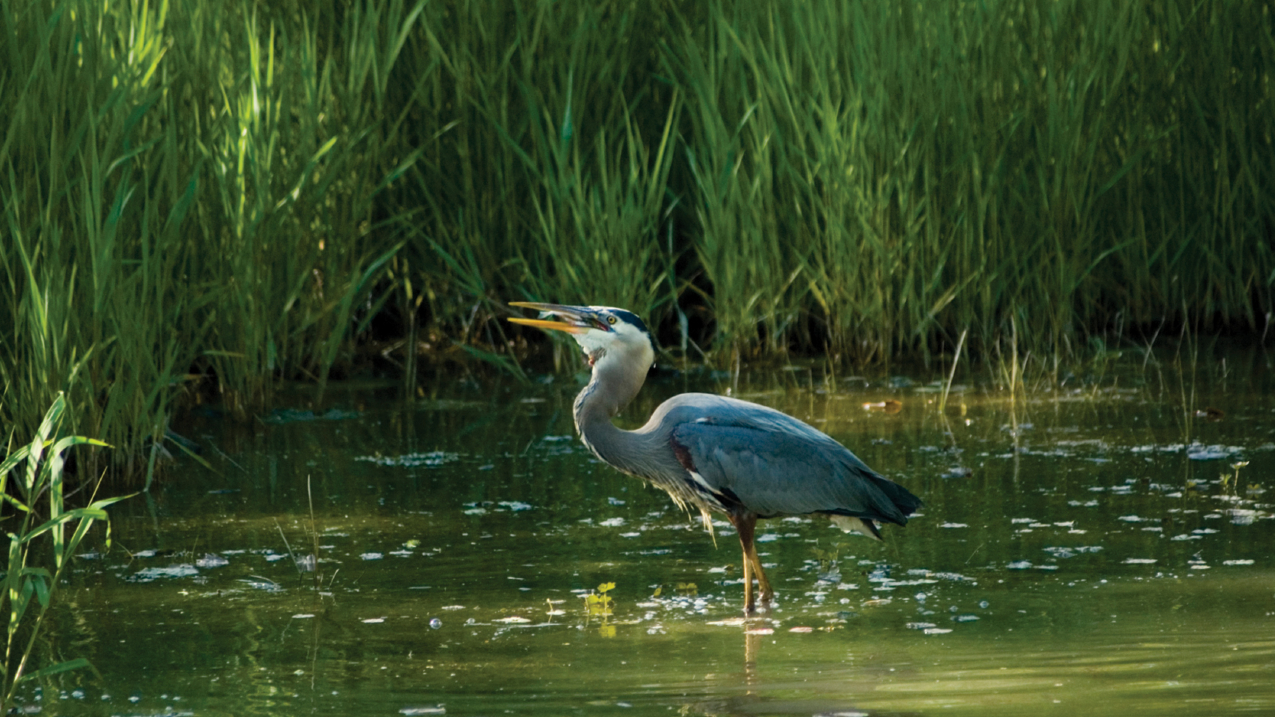
Estuaries serve as critical transition zones where freshwater from rivers meets and mixes with saltwater from the ocean, creating a unique and dynamic ecosystem that supports a diverse array of life. This blend of waters results in rich nutrient deposits that fuel plankton blooms, forming the foundation of the estuarine food web. Migratory birds, too, rely on these fertile environments as stopover sites for rest and refueling during long journeys. Furthermore, estuaries act as natural buffers, absorbing floodwaters and filtering pollutants, thereby safeguarding coastal communities and habitats. Conservation efforts aimed at protecting these vital ecosystems not only benefit the marine organisms that thrive there but also enhance the resilience of entire coastal regions against environmental challenges such as climate change and rising sea levels. By focusing on preserving estuaries, we ensure that these 'nurseries of the sea' continue to nurture biodiversity and support sustainable livelihoods for generations to come..
Natural Filters
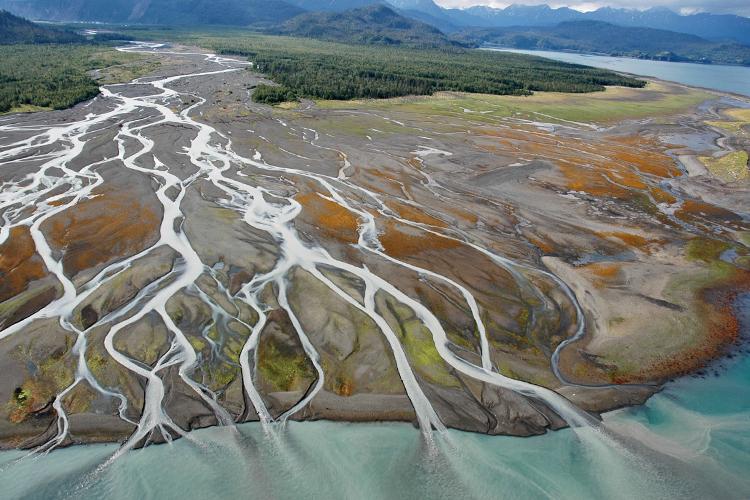
Estuarine ecosystems serve as crucial buffers between land and sea, safeguarding marine habitats from an influx of pollutants. As rivers flow into these estuarine zones, a natural filtration system begins its work. Vegetation such as dense mangrove forests and resilient marsh plants plays a significant role, with their roots and stems capturing sediments and absorbing excess nutrients and contaminants. This not only prevents harmful substances from entering the open ocean, but also enriches the estuarine waters, creating a thriving environment for a diverse range of species. These ecosystems, therefore, are indispensable in preserving biodiversity, supporting fisheries, and protecting coastal communities from the adverse effects of pollution. By maintaining the quality of water, estuarine habitats underpin the intricate balance of aquatic life and help ensure the sustainability of natural resources for future generations..
Climate Change Buffers
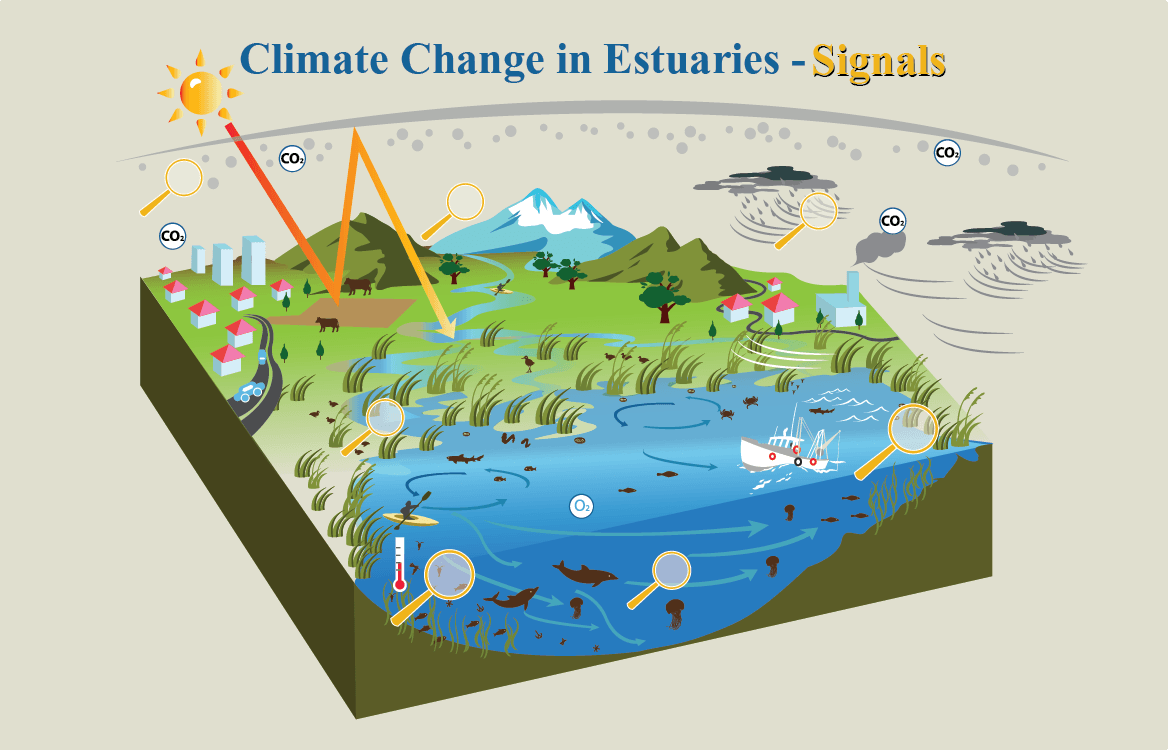
Estuaries not only act as crucial buffers against the escalating impacts of climate change but also support biodiversity and provide essential ecosystem services. Their complex intertidal zones, teeming with life, offer nurseries for countless marine species, thus sustaining commercial fisheries and local economies. By filtering pollutants and improving water quality, estuaries enhance the resilience of coastal environments. Furthermore, the rich organic soils within these regions hold vast amounts of carbon, making their conservation a key strategy in global carbon management efforts. By prioritizing the preservation and restoration of estuarine habitats, we can bolster natural defenses against rising sea levels and extreme weather events, ensuring the prosperity of both marine life and the human communities that depend on them..
Economic Importance
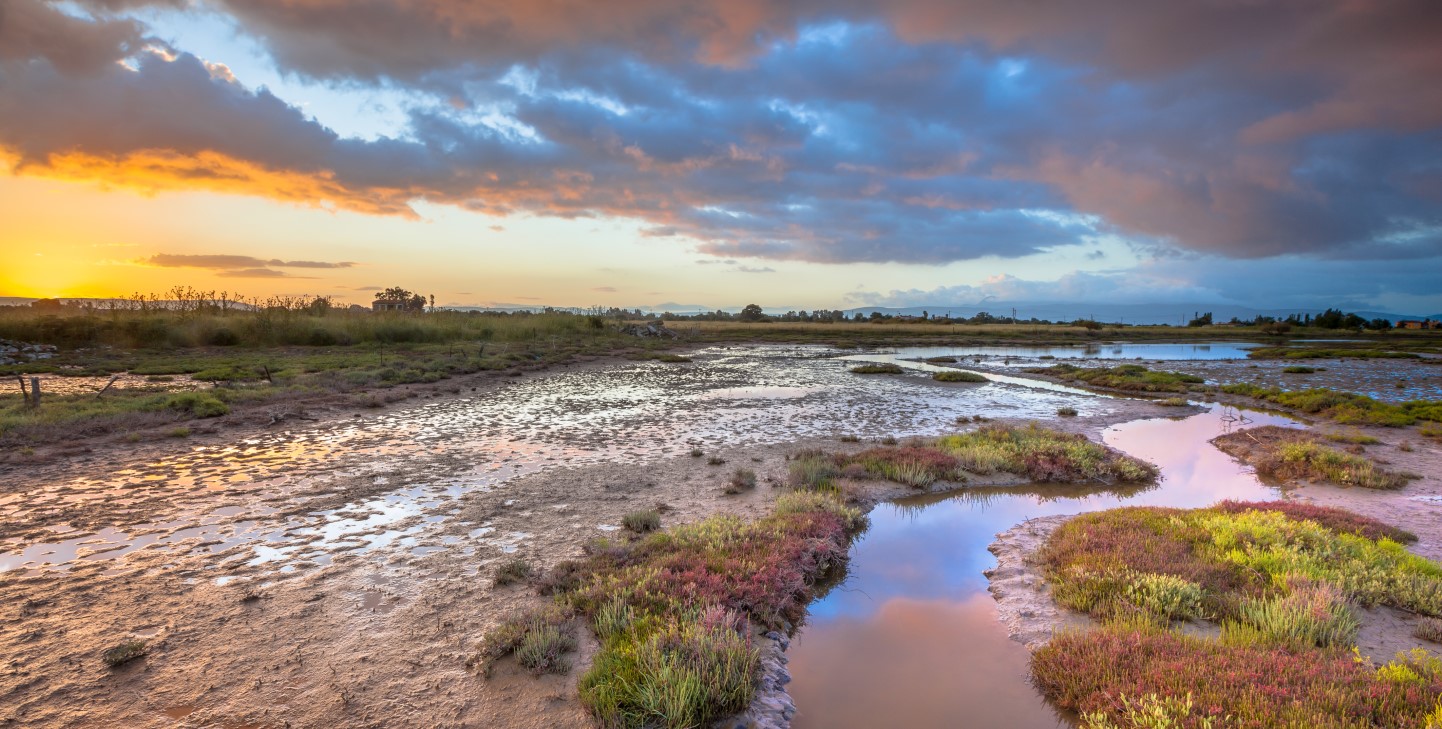
Estuaries are dynamic ecosystems that play an essential role in bolstering local economies, especially in coastal regions where their presence is most pronounced. The bounty of resources they offer starts with the fishing industry, as their nutrient-rich waters create fertile breeding grounds and safe nursery habitats for various marine species. This not only sustains commercial fisheries but also supports subsistence and recreational fishing, forming a vital part of the community's livelihood. Beyond fishing, estuaries are magnets for tourism, with their serene landscapes offering perfect settings for birdwatching, kayaking, and fishing, thus drawing nature enthusiasts and adventure seekers alike. The tourism revenue generated from these activities fuels local businesses such as hotels, restaurants, and tour operators. However, the economic benefits that estuaries provide hinge on their health and sustainability. Recognizing their importance, concerted efforts in estuary conservation become economically crucial. Protecting these ecosystems ensures a continuous natural resource supply, preserves biodiversity, and maintains the aesthetic and recreational values that attract both locals and tourists, thereby safeguarding the myriad economic advantages they offer..
Cultural Significance
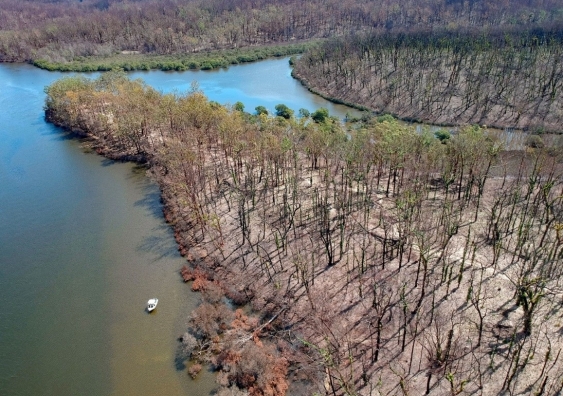
Estuaries are not only ecologically vital but also culturally rich landscapes that have profoundly shaped human societies throughout history. Their unique position between land and sea has made them a hub for diverse ecosystems and a source of sustenance and livelihood for countless generations. Many communities have thrived along these fertile waters, developing unique traditions and customs intimately tied to the ebb and flow of the tides. Indigenous and local populations often regard estuaries as sacred, embedding them deeply within their spiritual beliefs and cultural narratives. This reverence is reflected in traditional stories, rituals, and practices passed down through generations. The conservation of these biomes is crucial, not only for maintaining biodiversity but also for preserving the cultural heritage that they embody. By safeguarding estuaries, we pay tribute to the age-old wisdom and adaptations of the people who have historically depended on and revered these vibrant ecosystems..
Threats And Conservation
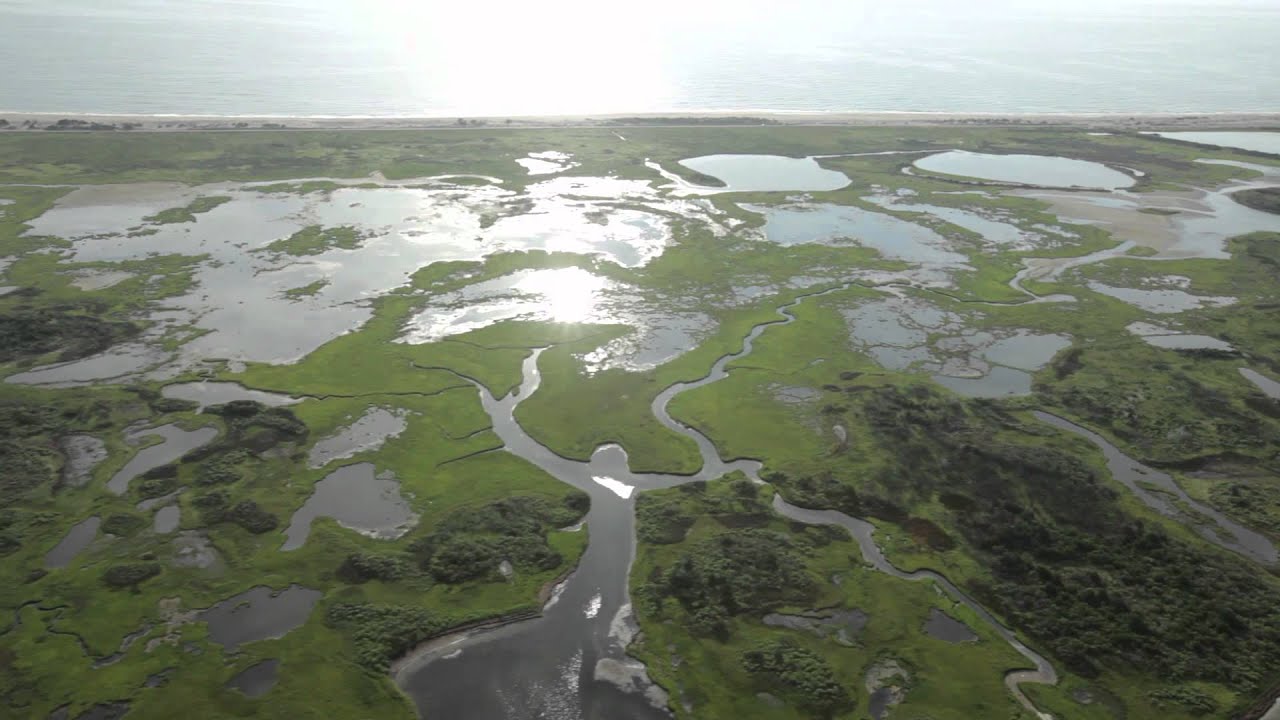
Estuaries, as unique transition zones where freshwater meets the sea, provide critical habitats for a diverse array of marine life. However, the pressures exerted on these ecosystems are manifold and intensifying. Pollution from agricultural runoff, industrial discharges, and urban wastewater introduces harmful substances that degrade water quality and threaten aquatic species. Invasive species further complicate this balance by outcompeting native flora and fauna, often leading to a loss of biodiversity. Climate change exacerbates these challenges by altering temperature and salinity levels, influencing tidal patterns, and increasing the frequency of extreme weather events, all of which can destabilize these environments. To combat these threats, conservation initiatives are increasingly prioritizing ecosystem-based approaches. These include the restoration of mangroves and marshlands, which act as natural buffers against storm surges and erosion, as well as implementing stricter regulations on pollutants and encouraging community-led initiatives for sustainable land use. Collectively, these actions seek to safeguard the ecological integrity of estuaries, ensuring that they continue to support both human needs and wildlife diversity for generations to come..
Research And Education
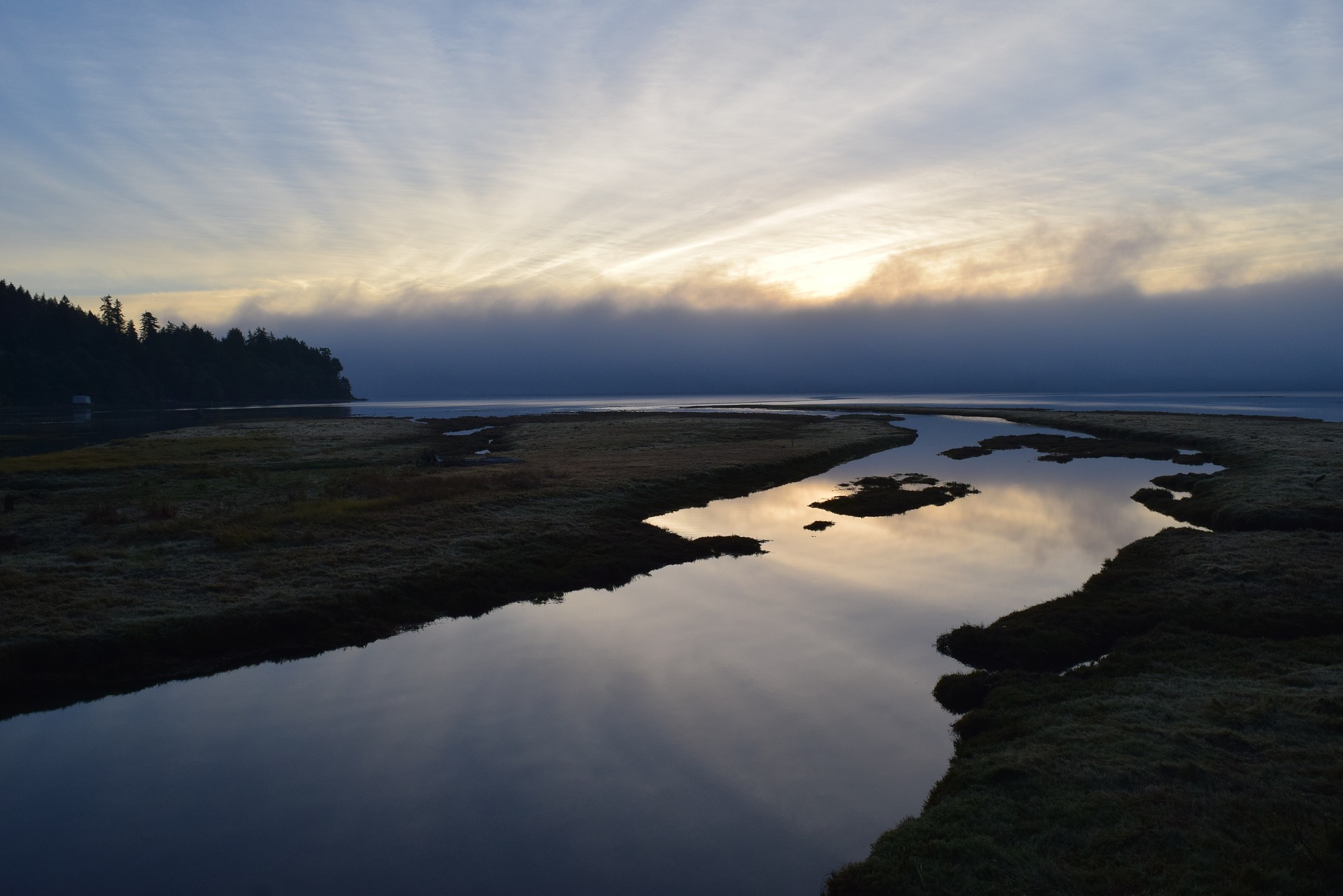
Research into estuarine ecosystems continues to reveal their complexity and importance. Scientists study estuaries to understand ecological processes, species interactions, and climate impacts. Educational programs aim to raise awareness about estuary conservation, encouraging public engagement and support for these critical habitats. As our understanding deepens, it becomes increasingly clear that estuaries serve as vital nurseries for diverse marine life, buffering coastlines against storm surges and filtering pollutants from water systems. Collaborative efforts between researchers, policymakers, and local communities are essential to devise effective conservation strategies and sustainable management practices. By fostering citizen science initiatives and integrating traditional ecological knowledge, society can harness a more comprehensive approach to preserving the health and resilience of estuarine environments for future generations. Through these holistic strategies, we not only protect these natural wonders but also secure the ecosystem services they provide, which are indispensable to both human and environmental well-being..
Unique Flora And Fauna
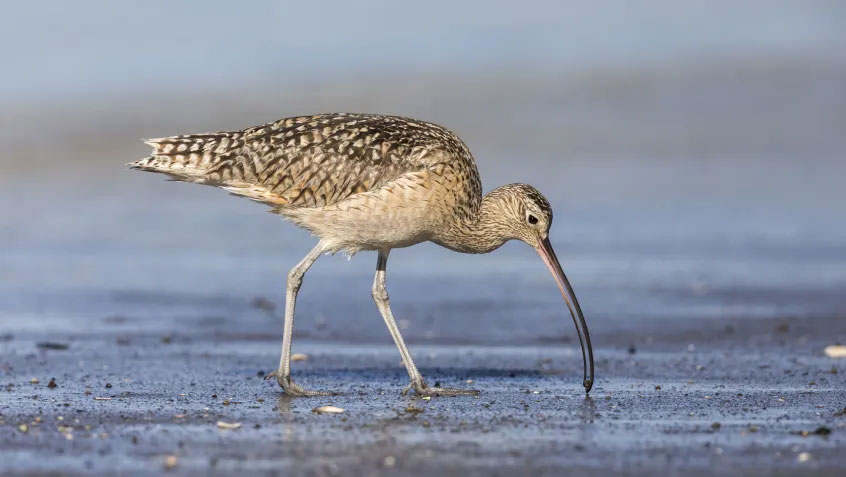
Estuaries serve as vibrant ecological niches that host an array of unique flora and fauna perfectly adapted to the constantly changing conditions of their environments. Dominated by incredible plant life such as mangroves, salt marsh grasses, and seagrasses, these areas provide crucial habitats and food sources that sustain a myriad of animal species. The iconic blue crab, for instance, thrives in the brackish waters, finding both nourishment and shelter amidst the tangled roots of mangroves. Meanwhile, the endangered Chinook salmon relies on estuarine environments as vital nurseries for juvenile stages before embarking on lengthy ocean journeys. The diverse communities within these ecosystems underscore their immense ecological value, offering insights into the complex interdependencies that sustain both marine and terrestrial species. Learning about these unique interrelations emphasizes the need for conservation efforts to protect these biodiverse habitats against the looming threats of climate change, pollution, and coastal development..
In conclusion, estuary biomes not only serve as vibrant sanctuaries for diverse species but also underpin the well-being of human societies through their economic, cultural, and protective contributions. Recognizing the intrinsic and extrinsic value of these ecosystems is vital for effective conservation strategies. It is our responsibility, as environmental stewards, to foster greater awareness and implement sustainable practices that safeguard these dynamic environments. By doing so, we ensure that the natural treasures of estuaries are conserved, allowing them to continue enriching marine and terrestrial life and thriving alongside human development for generations to come.

